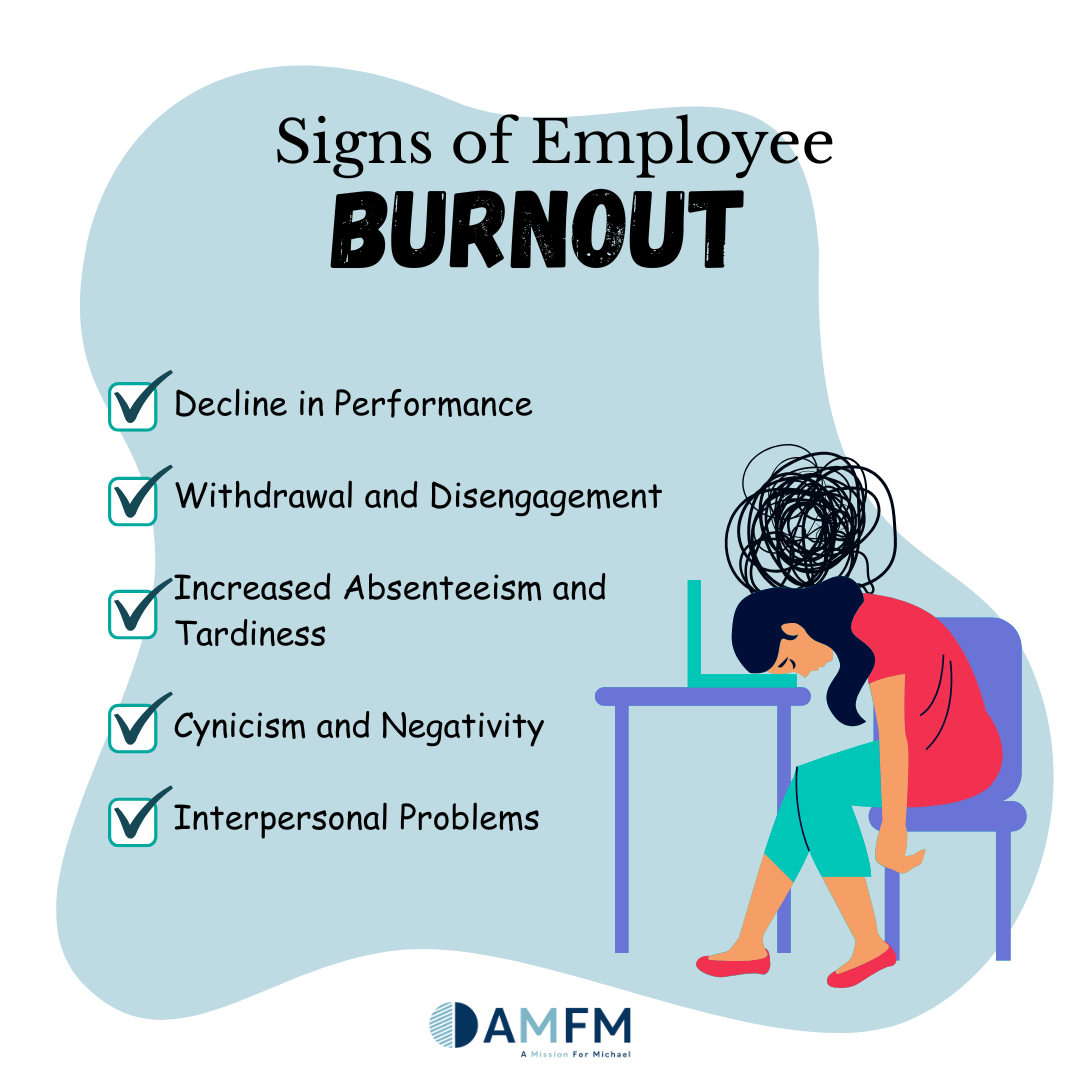Recent research shows that 66% of American employees are experiencing some form of burnout in 2025, according to a survey by Moodle conducted with Censuswide. For middle managers, the numbers are even more alarming, 75% report extreme burnout and disconnection, resulting in billions of dollars in turnover costs for companies, according to a white paper from Simon Sinek’s organization.
These figures reveal a stark truth, burnout is no longer an individual issue but a systemic challenge embedded in the way we work.
If hybrid work is here to stay, organizations and individuals must adopt intentional strategies to prevent burnout from becoming an inevitable side effect.
What Burnout Looks Like in a Hybrid World
Burnout is often misunderstood as simple exhaustion. In reality, it is a multi-dimensional state that includes emotional depletion, cynicism toward one’s role, and a diminished sense of accomplishment. In hybrid work models, the risk factors for burnout are amplified:
- Blurred boundaries: The convenience of remote work can morph into an “always on” culture, with emails and messages intruding on personal time.
- Digital fatigue: Hours of video calls drain energy in ways traditional meetings never did.
- Isolation: Without the informal interactions of the office, employees may feel disconnected, even while “connected” online.
- Middle management squeeze: Managers are caught between leadership demands and team well-being, often with limited resources to bridge the gap.
This environment sets the stage for burnout to spread quickly if not actively addressed.

Why This Issue Matters
Burnout is not simply an HR problem, it is a human and organizational crisis.
- For employees, the toll is personal and profound. Burnout contributes to anxiety, depression, sleep disturbances, and decreased job satisfaction. Left unaddressed, it can derail careers and erode long-term well-being.
- For organizations, the costs are staggering. Burnout drives disengagement, absenteeism, and turnover, which in turn erode productivity and inflate recruitment expenses. A Gallup study found that burned-out employees are 63% more likely to take a sick day and 2.6 times as likely to seek another job.
- For society, the ripple effects extend beyond the workplace. Families and communities feel the strain when individuals are emotionally depleted and chronically stressed.
Hybrid work has great potential, but without structural safeguards, it risks exacerbating rather than alleviating these costs.
Solutions for Combating Burnout in Hybrid Models
The solutions to burnout in hybrid environments require collaboration between organizations and individuals. Both have roles to play in reshaping the culture of work.
For Organizations
- Redefine Productivity Metrics
We often measure success by hours spent online rather than outcomes achieved. Shifting to performance-based metrics helps employees focus on meaningful work rather than performative presence. This reduces the temptation to stay perpetually logged in. - Support and Train Middle Managers
Managers are linchpins in hybrid work structures, yet they are also the most burned out. Providing leadership development, mental health literacy training, and peer support groups can give managers the tools to balance operational demands with people-centered leadership. - Normalize Boundaries
Organizations must model healthy work-life balance from the top down. This means discouraging after-hours emails, respecting time zones, and creating explicit policies that protect downtime. When leaders respect boundaries, employees feel empowered to do the same. - Expand Mental Health Benefits
Flexible and accessible resources, such as teletherapy, mental health days, employee assistance programs, and well-being stipends, signal that organizations prioritize their people. These benefits not only support individuals in crisis but also promote preventative care. - Foster Belonging and Connection
Intentional community-building matters in hybrid work. Virtual team-building sessions, periodic in-person gatherings, and mentorship programs can mitigate isolation. Research shows that employees who feel connected to their teams are significantly less likely to experience burnout.
For Individuals
- Set Clear Personal Boundaries
Employees can create rituals that signal the end of the workday, such as shutting down the laptop, taking a walk, or changing clothes. These cues help reinforce the psychological separation between work and personal life. - Practice Restorative Breaks
Micro-breaks throughout the day, stretching, breathing exercises, or brief walks, can counteract digital fatigue. Research shows that short breaks improve focus and overall productivity. - Seek Peer Support and Mentorship
Talking openly about challenges reduces isolation. Building peer networks and seeking mentors can provide perspective, encouragement, and practical advice for navigating hybrid stressors. - Leverage Therapy and Self-Care Strategies
Evidence-based approaches such as Cognitive Behavioral Therapy (CBT) and Dialectical Behavioral Therapy (DBT) offer tools for reframing stress, practicing emotional regulation, and building resilience. Employees should not hesitate to access therapy as part of their self-care toolkit. - Advocate for Needs
Employees who communicate openly with supervisors about workloads and boundaries often find more support than they expect. Advocacy is a form of self-care, ensuring that personal well-being is not sacrificed for organizational demands.
Reimagining Hybrid Work
Burnout in hybrid models is not inevitable. The problem arises when flexibility is promised but not supported with the right structures, resources, and cultural norms. When organizations treat burnout as an individual failing rather than a systemic issue, they miss the opportunity to create sustainable, high-performing teams.
As a clinician and leader, I see resilience not as a trait people are born with but as a set of skills and supports that can be cultivated. Just as therapy equips individuals with tools for emotional regulation, organizations can equip their people with systems that promote balance.
Hybrid work offers the possibility of a new, healthier paradigm. But to achieve that, leaders must invest in policies and practices that protect mental health as fiercely as they pursue productivity. Employees, too, must take ownership of their boundaries and well-being.
Conclusion
Burnout doesn’t have to be the price of flexibility. With intention, hybrid work can become a model of balance rather than breakdown.
The future of work will not be defined by whether we are remote or in-office but by how we design our workplaces to support the humans within them. If leaders and employees commit to tackling burnout together, hybrid work can evolve into what it was always meant to be: a sustainable, human-centered way of working that allows people to thrive.
.png)




.jpeg)





